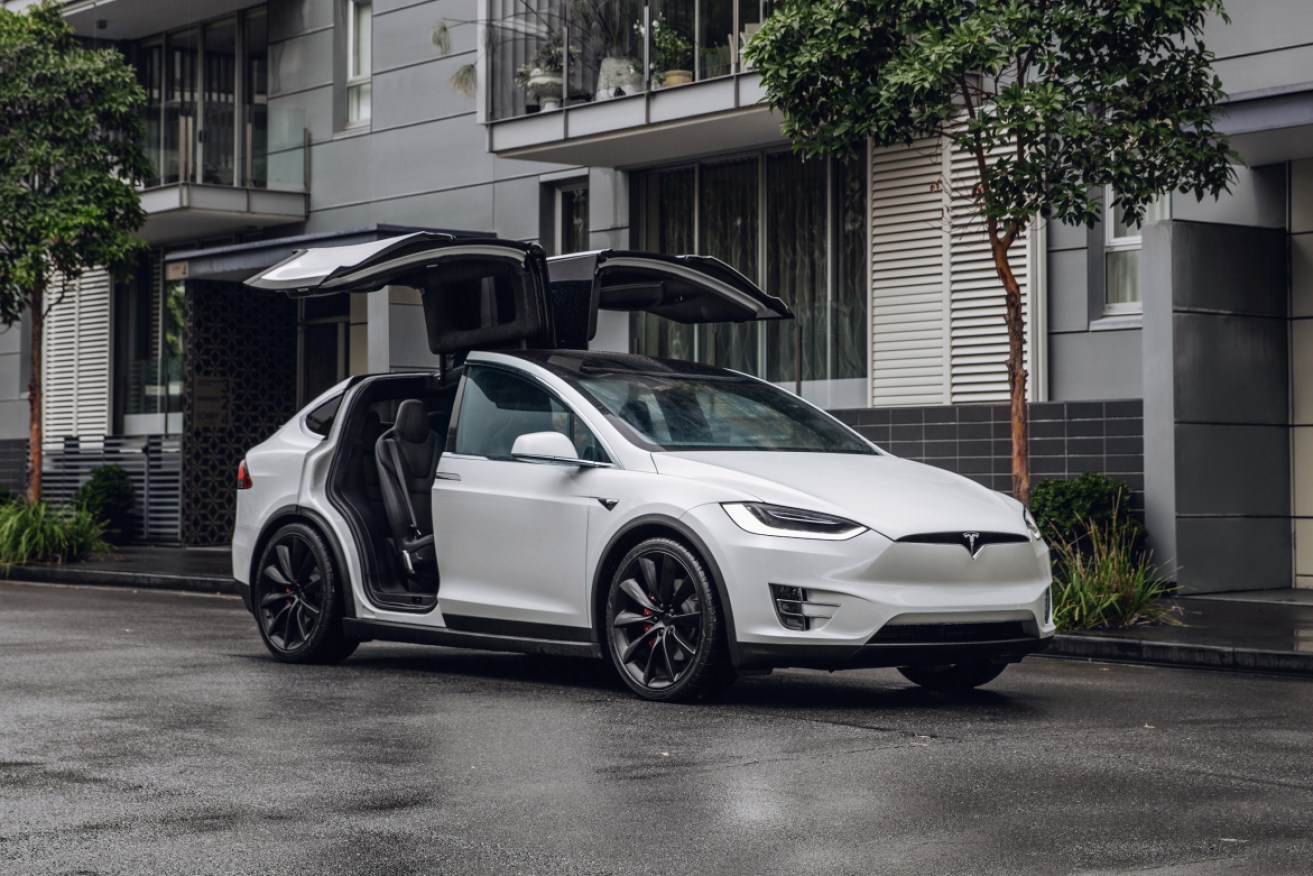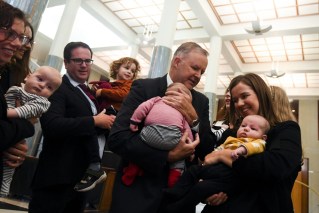EVs twice the price, but buyers can expect major savings
The price of the cheapest electric car in Australia is currently twice as high as its petrol equivalent.

But within weeks consumers could unlock discounts of more than $11,000 on their purchases, driving down the cost and, their proponents hope, driving up adoption of the next-generation vehicles.
How much they will be able to claim will depend on where they buy and register their cars, however, and whether federal opposition parties allow tax changes to motor ahead.
Industry analysts also argue action is needed to ensure everyone can access the same discount and, ultimately, accelerate Australia’s transition to electric vehicles.
University of Canberra associate professor Dr Yogi Vidyattama, from the National Centre for Social and Economic Modelling, welcomes the tax discounts to electric vehicles outlined in last week’s federal budget.
“This will hopefully help people to get past the first barrier which is the price,” he says. “This is the start.”
The budget included details of the $345 million Electric Vehicle Discount – a proposal currently before the Senate.
It would scrap the fringe benefits tax and five per cent import tariff for electric and hybrid vehicles costing less than $84,916.
Consumers buying an electric vehicle through salary sacrifice could save as much as $4700 under this proposal, while employers buying fleets could save $9000 per car.
Vidyattama says analysis shows the discount, combined with state government incentives, could convince an extra 10 per cent of Australians to invest in an electric vehicle now rather than later.
“The crucial thing is 10 per cent are those people who have middle incomes,” he says.
“It is going allow people in areas that don’t usually buy that kind of vehicle to buy that vehicle.”
But their purchase decision may also depend on where they live.
All states and territories offer a combination of one-off rebates, stamp duty and registration discounts to encourage more EV purchases.
The most generous discounts are offered in the ACT, where new buyers could unlock savings up to $6708 if they take up the offer of a $4092 zero-interest loan.
Figures from the EV Council show NSW drivers are next best off, with savings of up to $4500, followed by Queensland ($3864), Western Australia ($3500), South Australia ($3414) and the Northern Territory ($2465).
Tasmania only offers a one-off $2000 rebate, while Victoria’s $3000 rebate is offset by a road use tax the EV Council estimates will cost drivers $1612 over five years.
Polestar Australia chief executive Samantha Johnson says the combination of incentives could have a “huge impact” on electric vehicle adoption in Australia.
However she urges a simplified approach to make sure buyers know exactly how much they can save.
“It’s good that states have been proactive in bringing incentives out but we need a nationalised approach to those incentives,” she says.
“They’re very different in each state. It can be confusing for consumers and also for businesses to administer.
“(We need) a nationalised approach to any incentive, be it rebates, stamp duty, registration, green loans or insurance subsidies and just making sure that it’s very, very easy for people to understand what they are.”
Ms Johnson says Australian governments need to take urgent and strong action to encourage adoption of environmentally friendly vehicles as the country had fallen “way behind the rest of the world”.
Electric cars currently make up 3.39 per cent of new vehicle sales in Australia.
In the UK, they represent 16.9 per cent and in Norway make up 83.7 per cent.
“We have a lot of catching up to do,” Ms Johnson says.
“We can’t go at the same pace as other countries. We have to go at a much faster pace to catch up.”
Iberdrola Australia smart solutions manager Pavina Adunratanasee says research shows discounting electric vehicles for consumers is “the most effective short-term lever to drive sales”.
Speaking at the recent All-Energy Conference in Melbourne, she said an analysis of the European, US and Asian markets showed those with the greatest subsidies had the most marked sales boosts.
After introducing a $10,800 subsidy on electric vehicles in 2020, electric vehicle sales in Germany soared by 260 per cent.
In France, a $7200 subsidy delivered a 200 per cent jump.
“We found there’s a direct correlation between purchase subsidies introduced in various markets (and) sales of EVs,” she said.
But Greenpeace Australia Pacific senior transport campaigner Lindsay Soutar says while incentives will play a role in the adoption of electric vehicles, national policy changes could be a bigger factor.
A fuel efficiency standard, which could penalise car manufacturers for bringing in too many high-emission vehicles to Australia, would see more electric car models imported and more cheaply, Ms Soutar says.
“We know consumer demand is there and incentives do have a role to play but what is missing is the supply.”
“We’re very focused on the need for that fuel efficiency standard.”
Submissions to the federal government’s National Electric Vehicle Strategy consultation paper close Monday.












